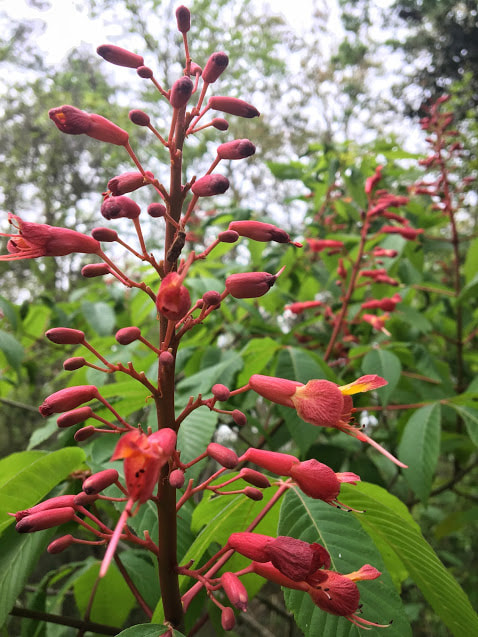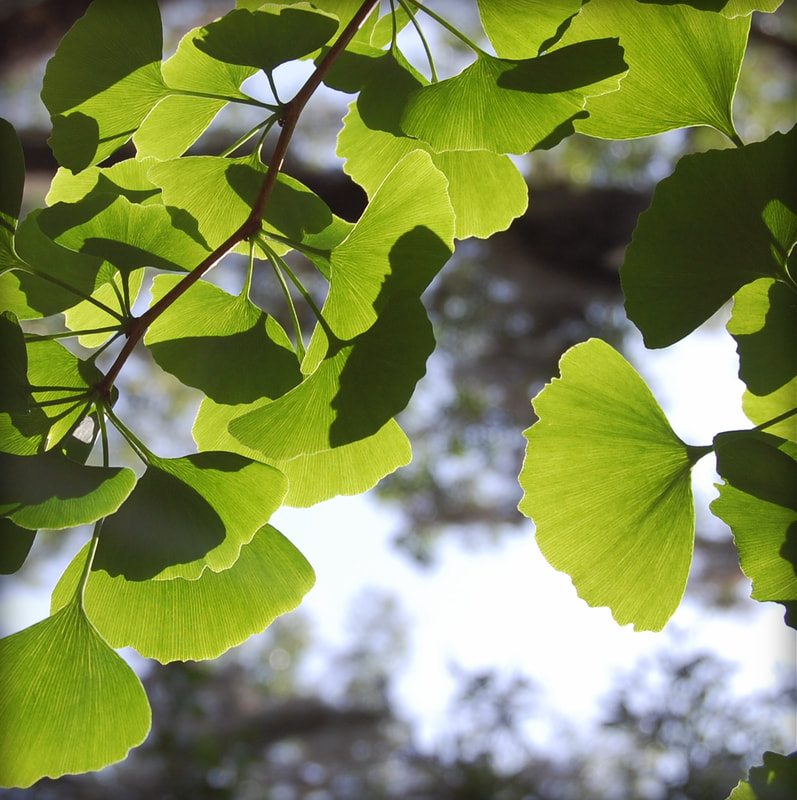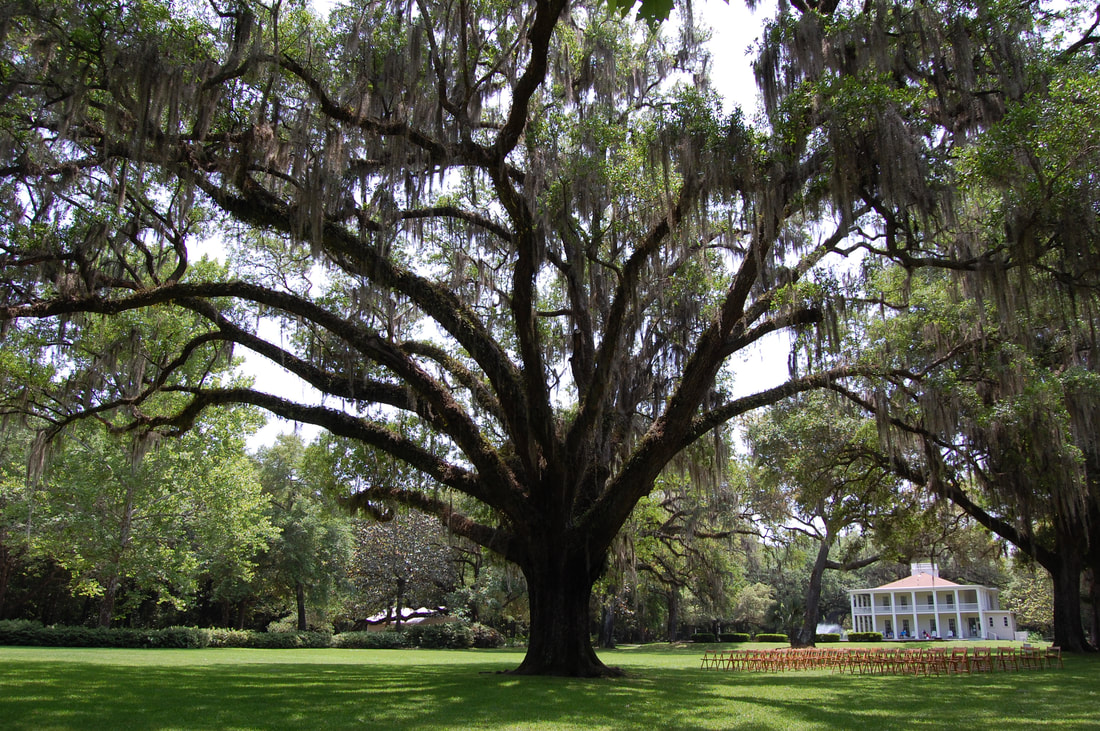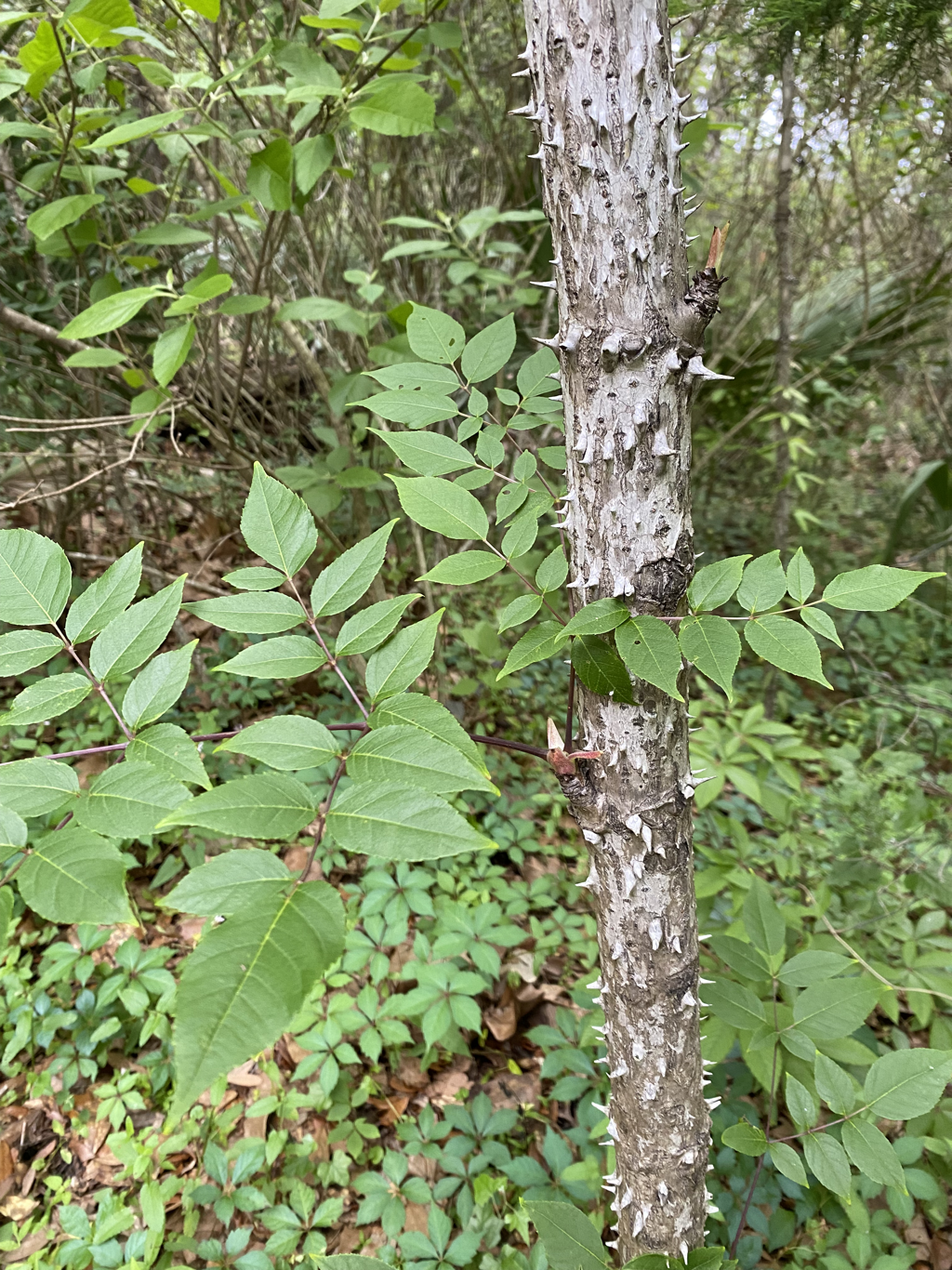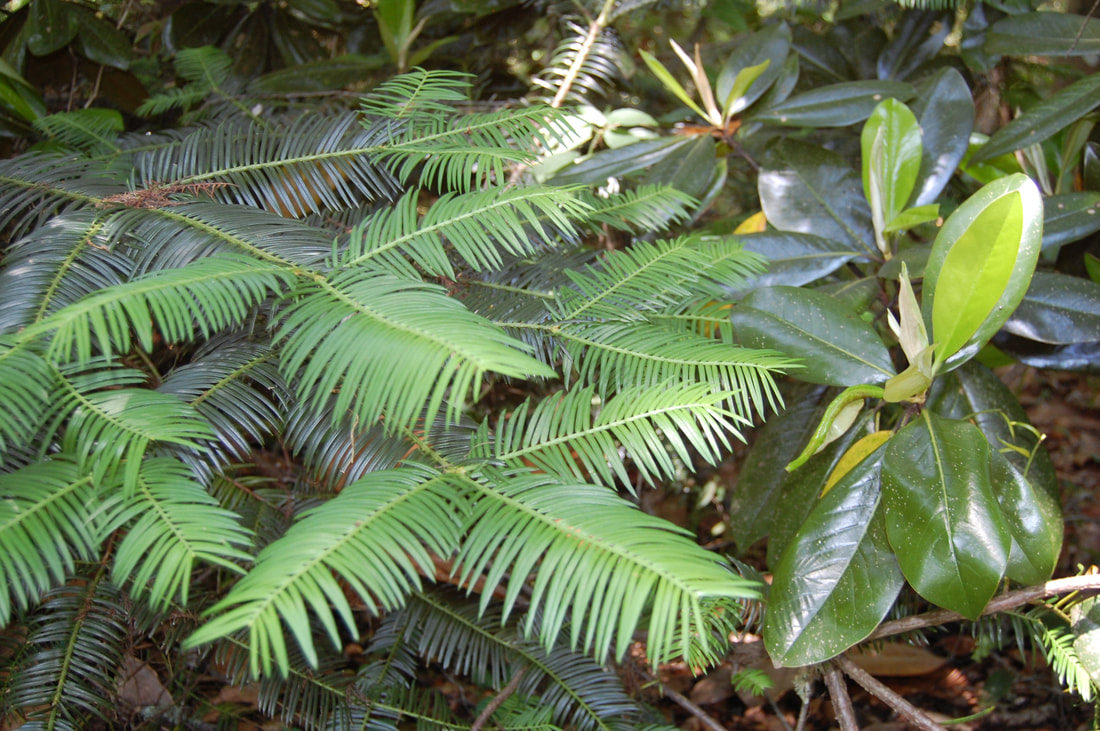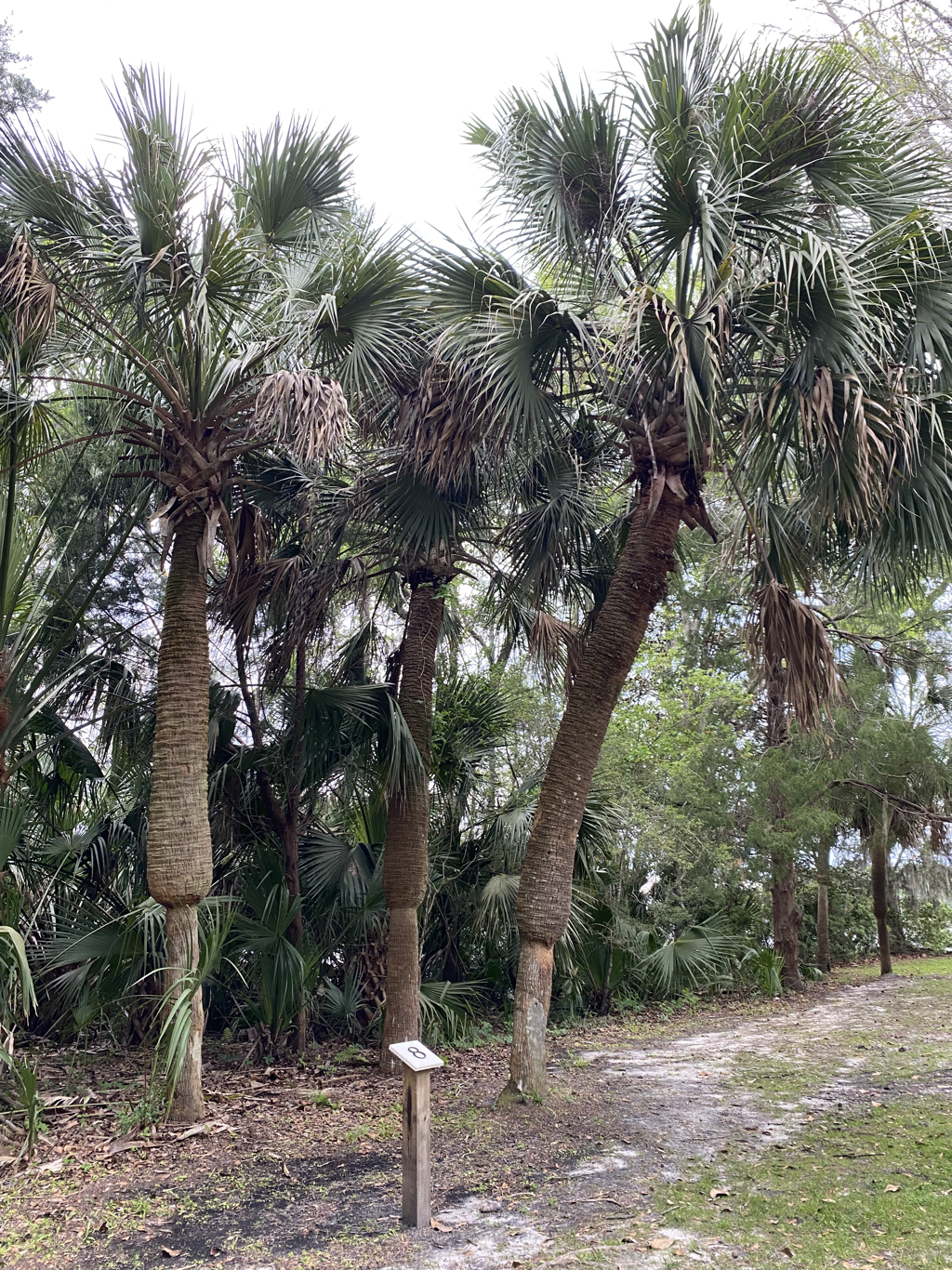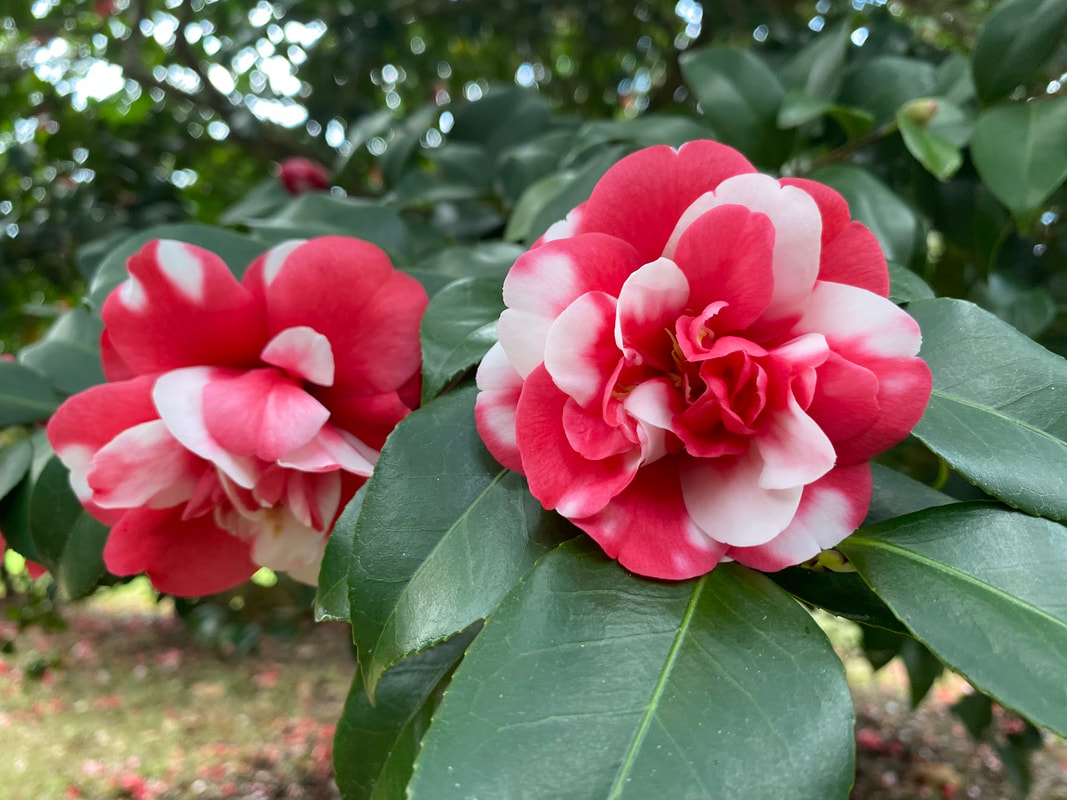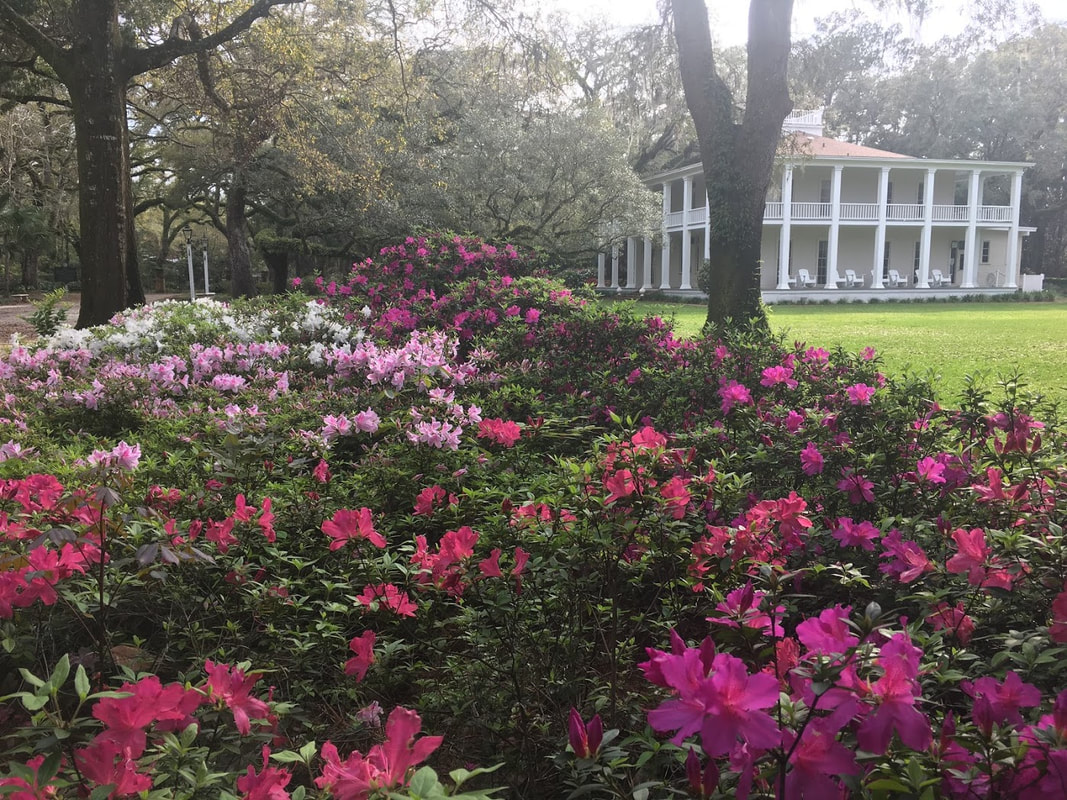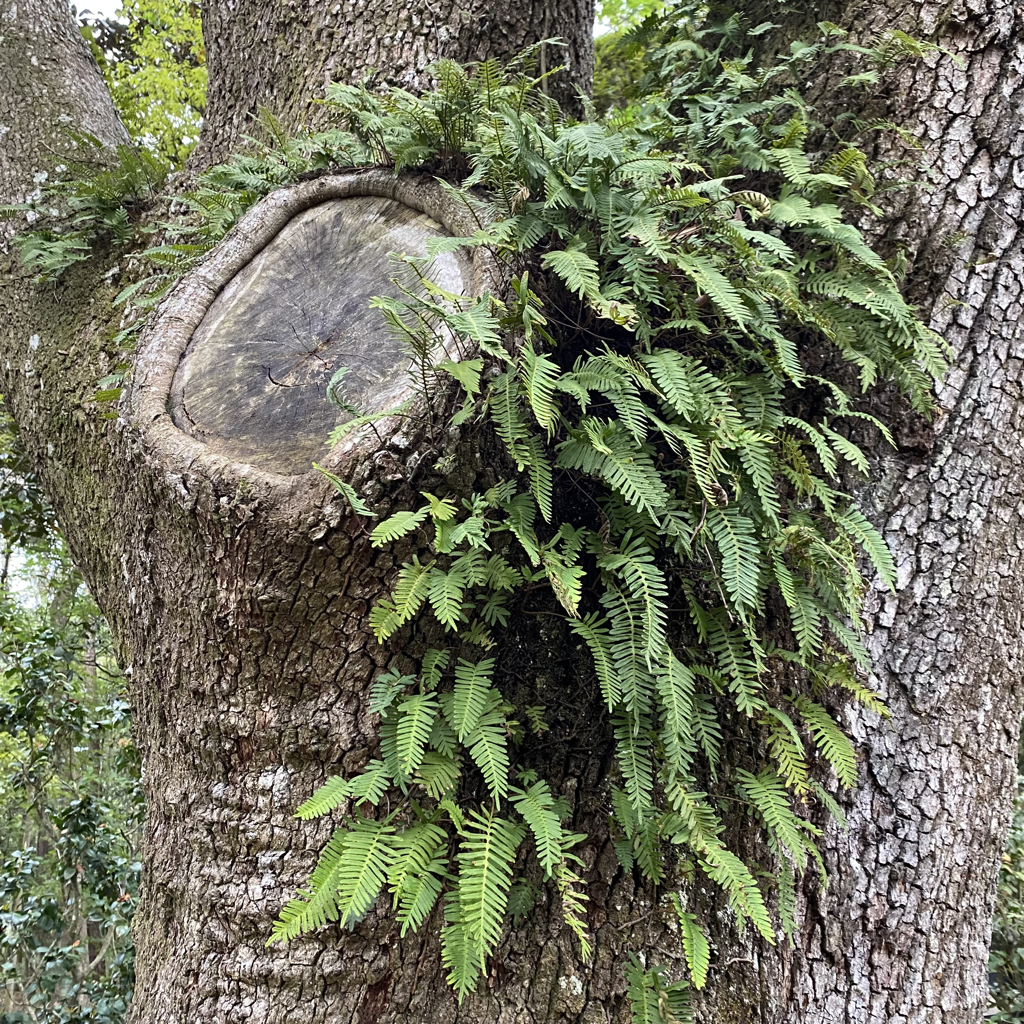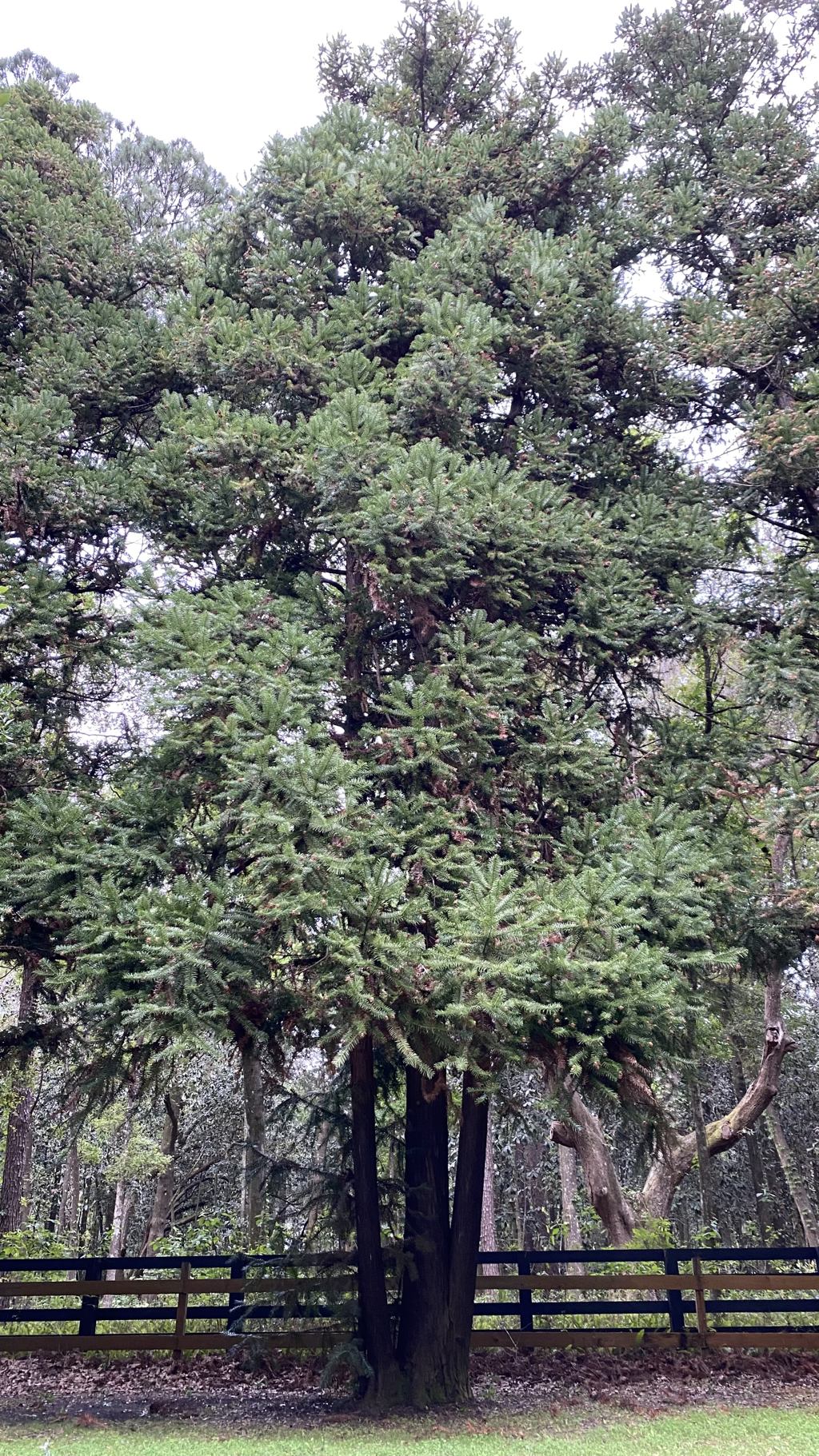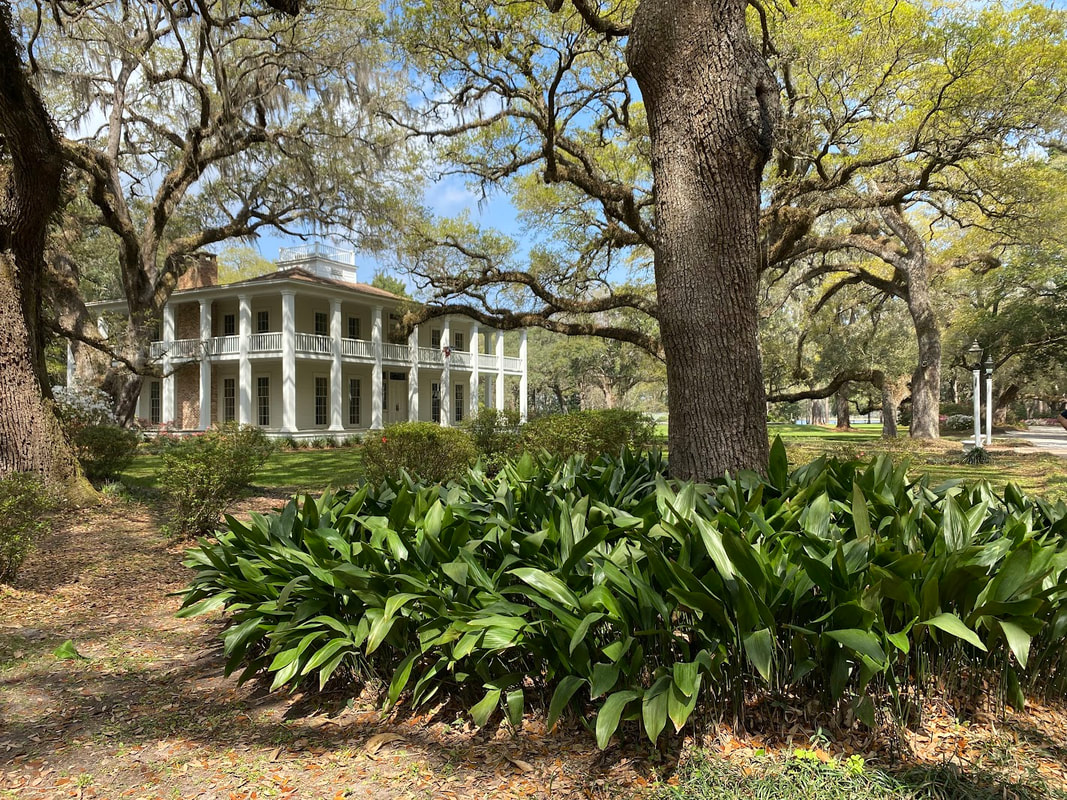Living Shoreline Trail
A Living Shoreline is a management option that uses living plants, oyster shell, sand fill and offshore breakwaters to protect property from shoreline erosion. While the living shoreline at Eden Gardens was completed in January of 2014, the Choctawatchee Basin Alliance began constructing living shorelines in 2006, with goals of providing habitat for oyster settlement, increasing intertidal salt marsh habitat, and decreasing shoreline erosion. Living shorelines provide increased nursery, feeding and refuge habitat for estuarine organisms, while improving water quality by water filtration from oysters on the reef and storm water run-off purification by shoreline grasses.
Throughout the 161-acres of Eden Gardens, the 'Living Shoreline Trail' brochure highlights 18 of the Park's most notable plant species. Each stop is marked with a numbered trail marker that correlates with the numbers listed below and on the brochure.
Throughout the 161-acres of Eden Gardens, the 'Living Shoreline Trail' brochure highlights 18 of the Park's most notable plant species. Each stop is marked with a numbered trail marker that correlates with the numbers listed below and on the brochure.
1. Red Buckeye (Aesculus pavia)These trees are native to the area and had many uses during pioneer days. Pioneers made remedies from the bark, used the roots as a soap substitute, and used the wood to produce a black dye. Native Americans crushed buckeye seeds and roots and cast them into streams and ponds to stun fish for easy catching. Native Americans also carried the seeds for good luck. The tree has striking red blooms that attract hummingbirds.
|
2. Kissing Tree
The kissing tree is actually comprised of two trees of different species: a slash pine and a hickory. Rarely do you see two trees of different species join like this. It is believed that these trees joined by a process known as inosculation. This process occurs when two trees are growing in close proximity to one another and gradually start rubbing away the bark while they sway with the wind, eventually the trees try and repair themselves and in the process they grow together.
3. Ginko Tree (Ginkgo biloba)If you look to your left, you will see a beautiful ginkgo tree. These trees have fan shaped leaves and nuts that are prized for possible medicinal properties. These trees are not usually found in Florida, and are native to China. It is often called a living fossil because it has been relatively unchanged for more than 200 million years. The ginkgo tree is very unique and not closely related to any other plant. They are the only living bridge between “higher” and “lower” plants (between ferns and conifers), and are very long-lived trees (up to 3,500 years old). Unlike most deciduous trees, ginkgo trees lose all of their leaves in a short period of time (usually less than a day) in a snow globe effect.
|
5. Devil's Walkingstick (Aralia spinosa)
7. Slash Pine (Pinus elliottii)
The slash pine is native to this area and played a big part in this area’s history. They can live as long as 200 years, and can grow to be 100 feet tall. Historically, these trees were a major resource for the naval stores industry. Diagonal cuts were made through the bark and into the wood and a pot was placed below the cuts to collect the resin. The turpentine was used for many purposes, including waterproofing ships. The “cat-face” scars can sometimes be seen on older pines to this day.
8. Sabal Palm (Sabal palmetto)
|
Also knows as a Cabbage Palm, this tree is the state tree of Florida and South Carolina. The name cabbage palm comes from the edible portion of the palm, the heart (or immature leaves), which taste similar to cabbage. They can grow up to 40 ft. tall, and when in bloom contain many small white fragrant flowers.
|
9. Southern Red Cedar (Juniperus virginiana var. silicicola)
The native Florida species is a variant of the eastern red cedar, known as southern or sand juniper. These species are classified as a juniper and not a true cedar. The Native Americans used the wood to make their bows, and would burn the cones and wood and inhale the smoke to help treat colds and coughs.
10. American Sycamore (Platanus occidentalis)
The native sycamore tree is most recognized by its peeling greyish-green bark that exposes its white inner bark and looks similar to a camouflage pattern. It belongs to one of the oldest families of trees in the world. They are fast growing trees, and are one of the largest hardwood trees.
11. Southern Magnolia (Magnolia grandiflora)
The southern magnolia is an ornate native tree that is commonly found growing naturally as well as in cultivated gardens throughout the south. In fact, it is almost a southern tradition. They have very fragrant, large white blooms and large dark green, waxy leaves.
12. Pignut Hickory (Carya glabra)
This native tree occurs throughout most of the eastern United States. It has strong, tough wood that is often used for tools.
13. Spanish Moss (Tillandsia usneoides)
If you look up in the branches of these large live oaks you will see lots of Spanish moss covering the branches. This native plant is actually not a moss, but is a bromeliad (a perennial herb in the pineapple family). It is an epiphyte, or air plant, and grows on other trees but do not rely on them for nutrients. They don’t need roots because they can absorb nutrients from all parts of the plant, and they attach themselves to other plants by wrapping their stems around to secure it. This plant can go dormant during periods of drought. It has many uses such as: packing material, mulch, or floral arrangements. It is also often used by songbirds for their nests, and by reptiles and amphibians for shelter. Be cautious when handling Spanish moss because it commonly contains chiggers, which can cause a rash if you come in contact with them.
14. Camellias (Camellia sp.)There are over 100 non-native species of camellias on the property, which is home to the annual camellia Festival in February. The blooms of different species vary greatly in color, size, and form. One type of camellia to be noted is the Camellia sinensis, and is especially well known for its leaves which are used in many types of teas.
|
15. Azaleas (Rhododendron sp.)These beautiful flowering shrubs have evergreen and deciduous varieties. There are both native and non-native species of azaleas on the property, and their blooms vary greatly in color as well as form. The leaves and nectar of this plant are poisonous to people as well as pets.
|
16. Resurrection Fern (Polypodium polypodioides)
|
If you look on this beauti ful live oak with its branches growing to the ground, you’ll noti ce all the resurrecti on ferns growing on the branches. This fern is an epiphyte, or air plant. It att aches itself to other plants, such as oaks and cypress, by its root-like structures known as rhizomes. It receives its nutrients from the air, water, and the tree’s bark. It gets its name because it can survive long periods of drought by curling up its fronds and appearing dead, but aft er becoming rehydrated it “resurrects” and becomes bright green again within 24 hours. This is an extremely hardy plant that can lose up to 97% of their water and remain alive. It has been esti mated that these plants could go up to 100 years without water and sti ll resurrect. These unique plants are nati ve to Florida.
|
17. Chinese Fir (Cunninghamia lanceolata)
18. Cast Iron Plants (Aspidistra elatior)
You can click below to see the PDF of the brochure.
| Living Shoreline Brochure | |
| File Size: | 7136 kb |
| File Type: | |
